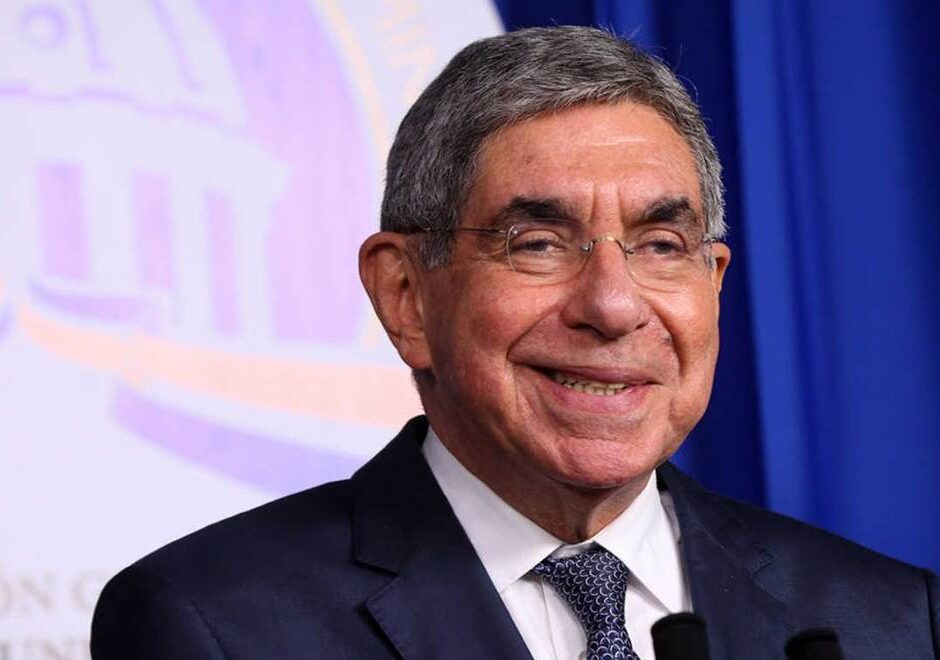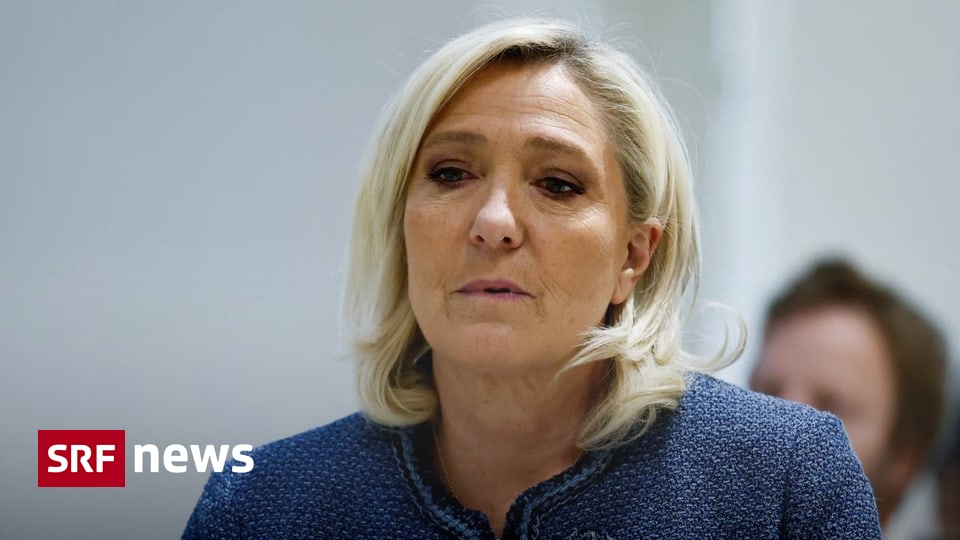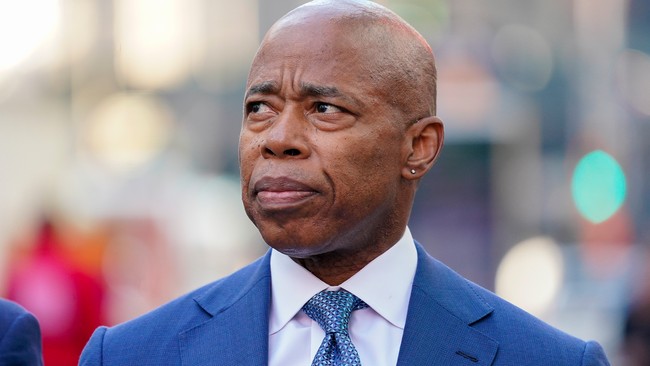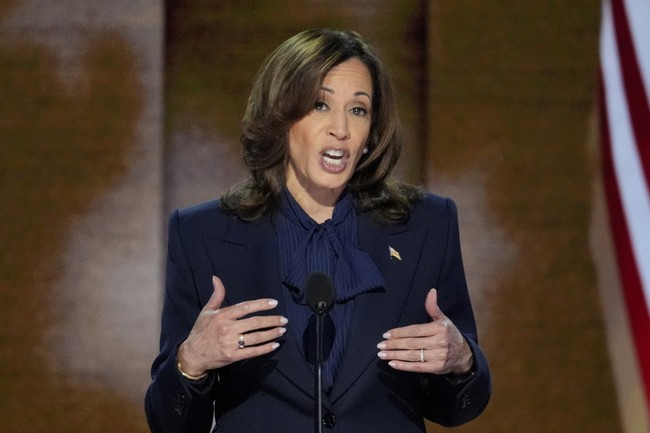Trade Tensions Rise: Trump's Tariff Strategy Unfolds
Discover the complex dynamics behind new U.S. tariffs set for April 2, exploring potential global economic impacts and strategic responses from key trade partners.
Published March 26, 2025 - 00:03am

Image recovered from washingtonexaminer.com
As April 2 approaches, President Donald Trump sets the stage for significant changes in U.S. trade policy through the implementation of reciprocal tariffs. These tariffs are designed to match the import duties set by key trading partners, signaling a pivotal shift in international trade dynamics. The announcement has reverberated globally, with various nations grappling to adapt to the impending economic impacts.
The intricacies of these tariffs go beyond merely aligning tariff rates. The Trump administration's approach encompasses not only import duties but also non-tariff barriers such as value-added taxes. The introduction of exemptions further complicates the picture as numerous countries engage in dialogues with U.S. officials, hoping to secure favorable concessions and stave off potentially detrimental tariffs.
India, for example, has taken preemptive action by reducing tariffs on specific American goods, notably bourbon, in an effort to placate the U.S. administration. This move is emblematic of the broader international strategy to mitigate the anticipated impacts of the new tariff regime.
Consequently, the European Union has proposed lowering their tariffs on American automobiles from 10% to 2.5%, correlating with the existing U.S. tariff rates. Meanwhile, Trump has articulated strong positions on energy trade, threatening a 25% tariff on countries purchasing oil from Venezuela, adding yet another layer of complexity to the international trade landscape.
From an Asian perspective, China braces for a heightened trade confrontation with the United States. Acknowledging the volatility of international markets, Chinese Premier Li Qiang has assured that China is well-prepared to tackle unexpected economic shocks while remaining resolute in its commitment to economic globalization and free trade practices.
Historically reliant on exports to the U.S., China has strategically diversified its export markets in recent years. By steadily reducing its dependency on American markets, China aims to cushion the impacts of the U.S. tariff strategy. Even so, the potential escalation to tariffs exceeding 60% on Chinese goods remains a significant concern for Beijing, threatening to severely undermine China's GDP growth over the coming years.
In an effort to navigate these turbulent economic waters, China is exploring alternative strategies such as curbing the export of critical materials like rare earths, targeting the U.S.'s technological and industrial infrastructure. Simultaneously, China is fostering closer economic relationships within Asia, evidenced by ongoing negotiations for a trilateral free trade agreement with Japan and South Korea.
Amid these developments, Trump's broader economic strategy encompasses imposing new tariffs on a range of products, most notably in the automotive and pharmaceutical sectors. The forthcoming tariffs aim not only to address the U.S.'s significant trade deficits but also to revitalize domestic manufacturing and secure national interests in essential industries.
Within this context, the administration is poised to focus on nations with which the U.S. holds substantial trade imbalances. This strategic focus includes a plethora of nations across the globe, spanning Australia, Brazil, Canada, the EU, India, Japan, Mexico, and others. The implications of these tariffs are profound, potentially altering the fabric of global trade and prompting widespread recalibrations of international economic strategies.
The international response is varied, with some countries engaging in talks to seek exemptions while others prepare for potential retaliatory measures. Notably, the European Union has expressed its intention to retaliate against American tariffs with its own set of levies, particularly affecting sectors like beverages.
The enactment of these tariffs represents a formidable shift in U.S. economic policy under President Trump's administration. As nations prepare for the unfolding scenario on April 2, the world watches with bated breath, aware that the outcomes could redefine global trade relations in the years to come.







